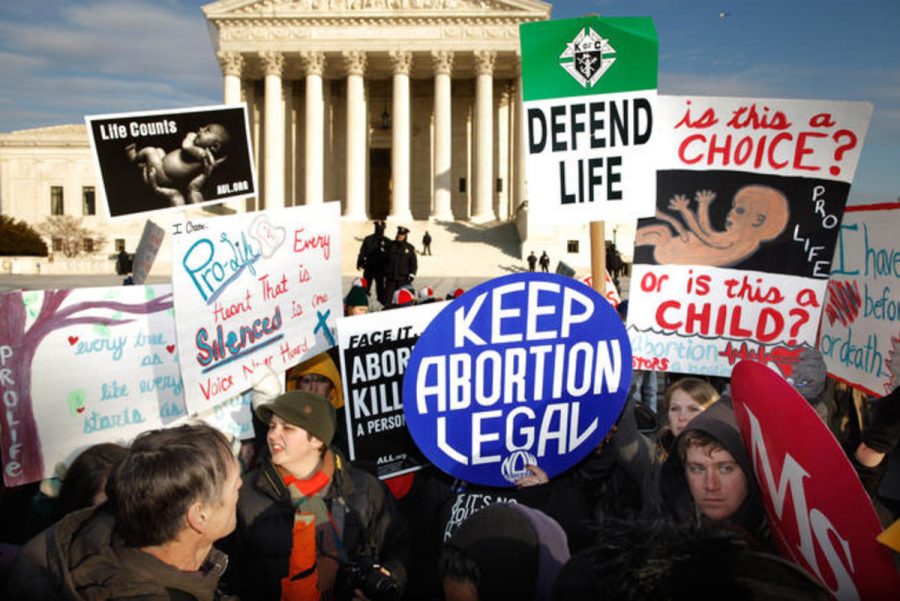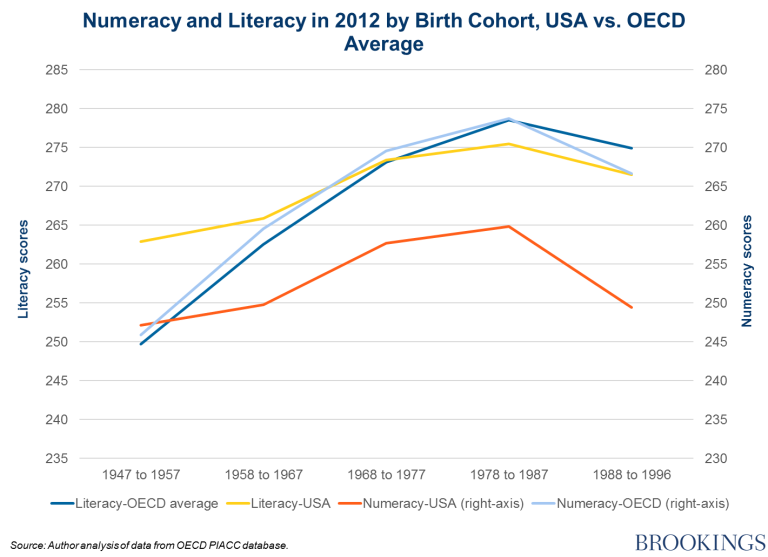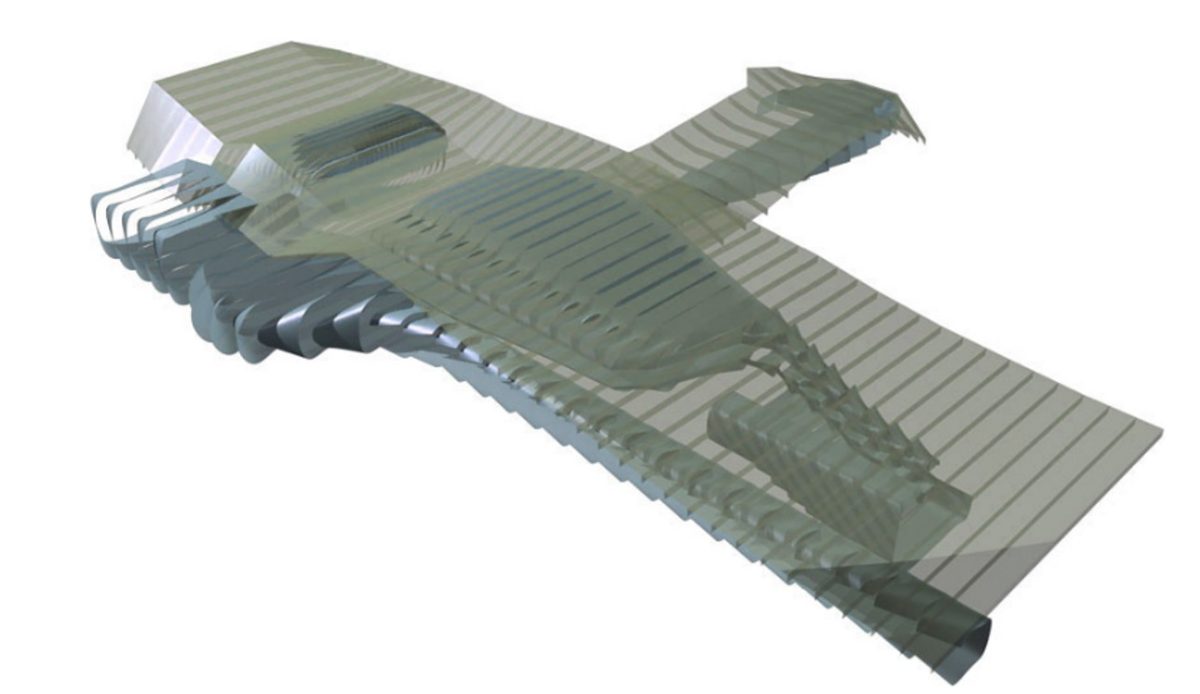By Margaret Hodson ’16, Editor-in-Chief
The Supreme Court heard oral arguments on Wednesday for Whole Woman’s Health v Hellerstedt, a case regarding Texas abortion regulation laws. The petitioners challenge two specific requirements of Texas House Bill 2 (H.B. 2) as putting an “undue burden” upon women in Texas seeking an abortion. The outcome of the ruling largely hinges on the swing vote of Justice Anthony Kennedy. A 4-to-4 tie would uphold the 5th Circuit’s ruling in favor of Texas, while a 5-to-3 ruling would deliver a victory for the abortion-providers.
One challenged requirement of H.B. 2 is that clinics must meet the standards for ambulatory surgical centers (ASCs). The other requirement is that any physician providing abortions must have admitting privileges with a hospital within 30 miles of the clinic. Petitioners argue that such regulations are medically unnecessary and do not achieve the respondent’s stated goal of promoting women’s health. They claim that if these provisions of H.B. 2 are enforced, the number of clinics providing abortions in Texas will dwindle from 40 to less than 10. Texas argues that the provisions have medical benefits and do not hinder access to abortion. Even with only nine clinics open, 90% of women in Texas would still live within 150 miles of an abortion-provider—thus there is no undue burden.
Roe v Wade in 1973 established abortion as a fundamental Constitutional right under the Equal Protection Clause of the 14th Amendment. As such, it was decided that abortion regulations could only be established if there was a compelling state interest and the means of achieving that interest were narrowly tailored to meet the stated goal. In short, strict scrutiny was to be applied. Promoting women’s health and protecting fetal life were deemed to be compelling state interests after viability of the fetus. Pro-life advocates many times have attempted to overturn Roe v Wade, but it was decidedly upheld in Planned Parenthood of Southeastern Pennsylvania v Casey (1992). While upholding abortion as a fundamental right, this 5-to-4 decision introduced a new “undue burden” standard for judging the constitutionality of abortion laws. An “undue burden” was defined as a “substantial obstacle in the path of a woman seeking an abortion before the fetus attains viability.”
Another important case in consider is Gonzales v Carhart (2007), which upheld the Partial-Birth Abortion Ban Act. Many legal scholars believe this decision marked the final shift from strict scrutiny to deferential rational basis review. The court’s decision on which standard to apply in Whole Woman’s Health make an immense difference in the outcome of the case. The 5th Circuit decision will likely be upheld if rational basis review is applied and overturned if strict scrutiny is applied.
Thus far, few indications have been given of the way in which Justice Kennedy is leaning. Some commentators have read into the fact that on Friday, the court issued an emergency stay on a Louisiana law that would have reduced the number of clinics in that state from four to one. The petitioners in that case questioned a Louisiana law similar to that of Texas regarding admitting privileges. During oral arguments, Justice Kennedy raised the possibility that the case could be remanded to the lower courts to develop more evidence. He seemed keen on obtaining more evidence on the record to discern if H.B. 2 was causing clinics to close and whether the remaining clinics could increase their capacity to accommodate all women seeking abortion in Texas. A decision will likely be handed down by the court in late June.
Image Source: http://www.nbcnewyork.com/news/national-international/Texas-abortion-law-teed-up-for-Supreme-Court-review–308843651.html







